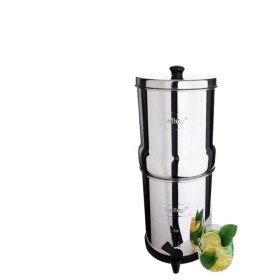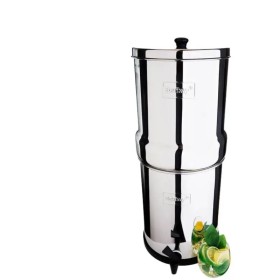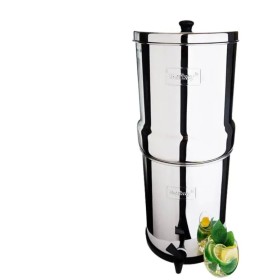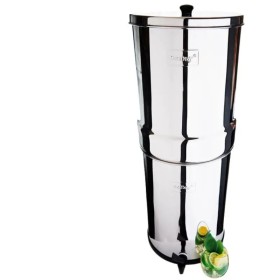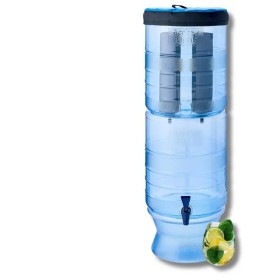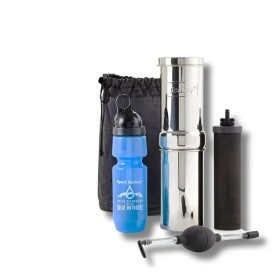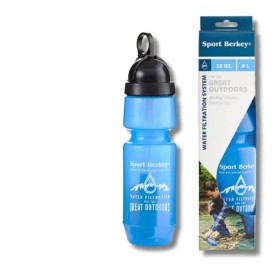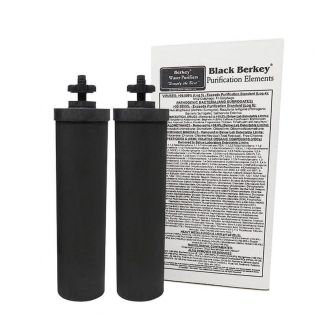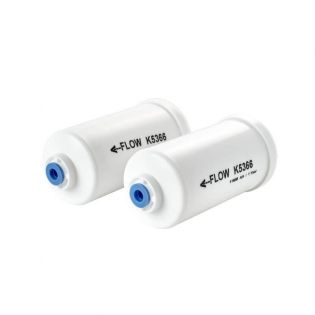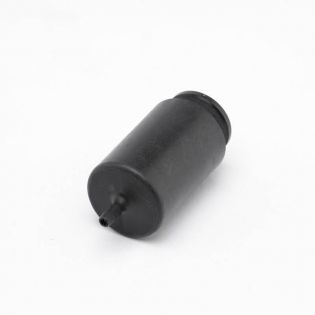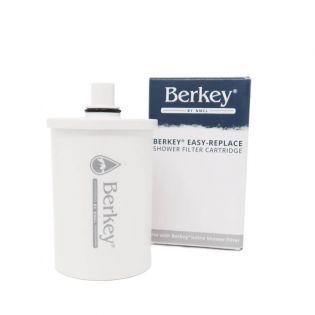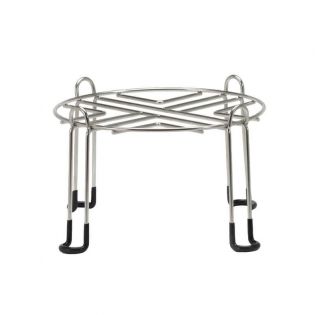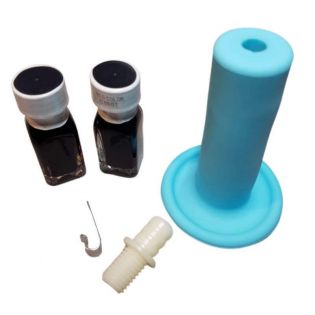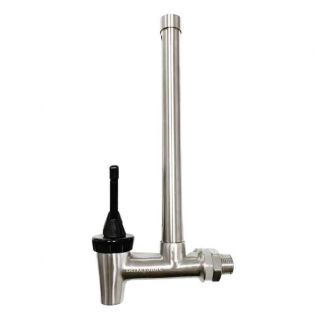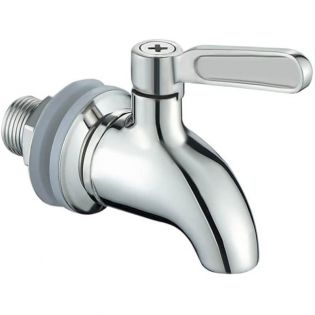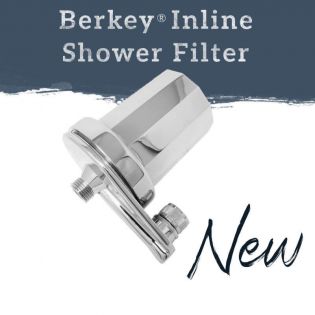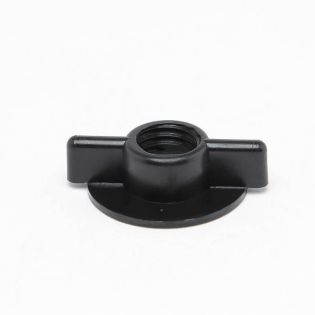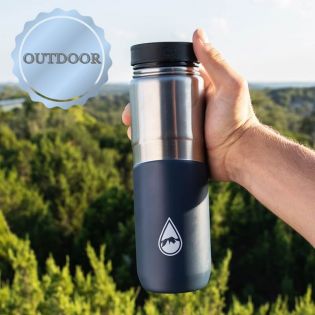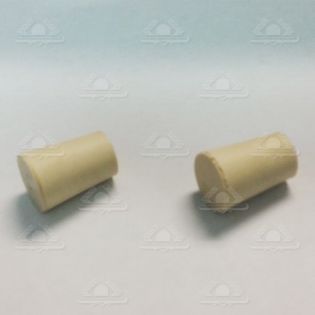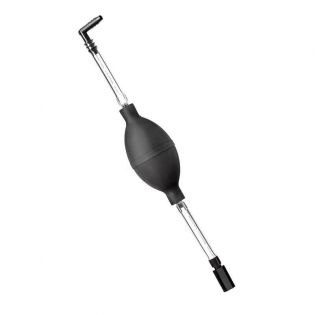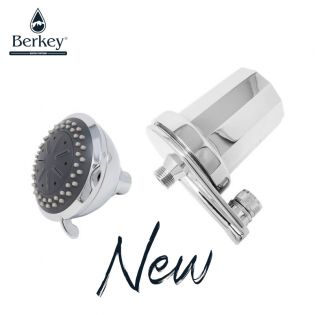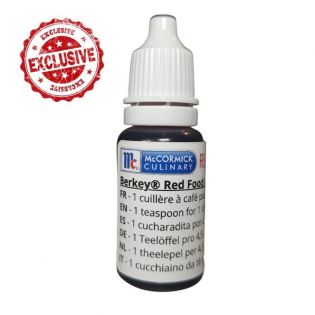Assembly Verification Test
Black Berkey® water filters are so effective they can remove red food coloring from water. This is a foolproof way to test your system and make sure it's working properly.
The purpose of this test is to confirm that the system has been assembled as intended and that there are no internal leaks in your system. We recommend performing this test after the first assembly of our systems, after the removal or replacement of Black Berkey® components, or when using the system for the first time after drying and storing the components for an extended period.
The staining test is designed only for Black Berkey® purification elements. It should not be done for the Berkey® Sport Bottle Filter or the PF-2 filters.
The food coloring must be RED and LIQUID. Red food coloring (unlike other colorings) does not contain minerals, so your filter will consider it a contaminant and filter it out.
You can find this food coloring in small bottles in specialty stores or hobby and craft stores. You must choose a liquid colorant and not a gel, and check its composition: it must not contain any sugar, glucose or thickener. The dye must not be E120 Carmine (cochineal) or E162 Betanin (beet).
You must therefore check that the dye used contains either E122 (Crimson), E123 (Amaranth), E124 (Ponceau), E127 (Erythrosine), E129 (Allura Red) or E180 (Ruby).
The red food color test should be performed after priming your Black Berkey® purification elements and WITHOUT THE PF-2™ FILTERS.
TO RUN THE TEST:
- Start with an empty system (upper and lower chambers) and remove all Berkey PF-2™ fluoride and arsenic reduction filters (if installed). If they remain in place, the warranty on these filters will no longer be valid.
- Take only the top chamber (with the Black Berkey® elements installed) and place it on containers (glasses, cups, vases, etc.) of similar size so that there is a container under each filter. This will isolate any defective filters.
- In a separate container filled with water, add the dye in the proportions indicated below. Mix well. DO NOT pour the dye directly into the tank. Prepare a mixture of the volume indicated below:
DOSING THE COLOURING European Brand :
1/4 teaspoon (3-5 drops) of red food colouring for a Travel, Big or Royal Berkey®, or 1/2 teaspoon (5-10 drops) for an Imperial or Crown Berkey®.
DOSAGE OF MCCORMICK COLOURING recommended by Berkey® (Available on our shop) :
1/8 teaspoon (10 drops) for 4 litres of water:
- Travel Berkey® - 4 litres of water, 10 drops
- Big Berkey® - 8 litres, 20 drops
- Royal Berkey® - 8 litres, 20 drops
- Imperial Berkey® - 8 litres, 20 drops
- Crown Berkey® - 8 litres, 20 drops
- Let the water run into the containers.
If the red food coloring does not appear in any of the cups, your purification system is working properly.
If the water in any of the containers is red or has a pinkish tinge, the filter in question is defective or exhausted or the seal is not properly secured.
IF YOU FIND DYE IN ANY OF THE CONTAINERS, PLEASE CHECK THE FOLLOWING:
- Are the nuts secure? Please do not tighten them with tools. They should be tightened by hand for a perfect fit. If the nuts are too tight, it could cause the threads to deform, preventing a proper seal.
- Did you use "red food coloring"? Red food coloring is the only type recommended for this test.
- Is the washer positioned on the stem inside the upper chamber and the nut attached below? If the washer is on the outside of the chamber with the nut, you will not have a proper seal, which will cause your system to malfunction. Place the washer inside the upper chamber and retest.
- Are the locking plugs properly sealing the unused holes (without a filter element)? Are the plugs installed and tightened with a washer on each side? If the plugs leak, the test will fail. Tighten the plugs more firmly and retest.
- If you are testing an item that has already failed, flush it and prime it again.
If, despite all these precautions, you find that a filter fails the stain test, please contact us.
When you carry out the test for the second time, remember to take a video of what you did (mixing the dye, filling the high tank, filtering in independent containers). Proof must be provided in the event of a positive test and a claim.
FAQs From Same Category
See the assembly document for a diagram and specific instructions on how to assemble your Berkey® stainless steel water purifier.
This document also contains instructions for placing the filter elements.
For more details, you can consult the specific Black Berkey® element priming document.
Most people use a carafe or pitcher to pour water into the upper chamber. If you have a faucet with a hose on your sink, this can also be a good solution.
The upper chamber, which contains water only momentarily, will need to be cleaned less frequently than the inner chamber, in which water remains for a longer period of time. We recommend cleaning the lower chamber once a month.
Stainless steel chambers can be cleaned with soapy water (dishwashing liquid).
In areas with hard water, lime deposits can build up on the lugs and chambers after prolonged use. To remove it, you can use vinegar pure or in a 50-50% mixture of vinegar and water that you spray on and leave for about 15 minutes. Then wipe with a sponge, then wash with soapy water and rinse.
Yes, it is quite normal to have 2 to 3 cm of water remaining in the upper chamber. To be filtered, the water must pass through very fine micropores in the filters. The lower the water level in the upper chamber, the lower the pressure available to force the water through the micropores. You may have noticed that the filtration rate is much faster when the upper chamber is full than when it is half empty. This is because there is more pressure. The only way to remedy this problem would be to enlarge the pores of the filter elements, which would reduce the efficiency of the Berkey purification system. During each cycle, the residual water from the previous cycle mixes with the water from the current cycle and is then purified. There is no need to worry about excess water during normal use. If, however, you stop using your filter for a long time, for example during a vacation, it is best to empty both chambers and let them dry completely.
Concerning the lower chamber, the tap cannot technically be positioned on the bottom of the tank for reasons of watertightness. Don't worry, this is not stagnant water as it will mix again and again during the successive filtrations.

